
search
DEM
DEM Digital Elevation Model is a three-dimensional representation of the earth's surface, represented as an array of points with a defined height. The terrain model contains information about the height without considering vegetation, buildings, and other objects.
DEM Digital Elevation Model
Digital Elevation Model (DEM) is a digital representation of the topography of a terrain or surface, created through a combination of ground surveying techniques and remote sensing technologies such as LiDAR (Light Detection and Ranging) and radar. DEMs are generated from variably-spaced Lidar ground points, or they can be created using a raster grid. The DEM is essentially a 3D digital model of the surface, which includes the elevation data for each point on the surface.
DEM data is stored in a raster format, with each cell or pixel of the raster representing a specific location on the surface and its corresponding elevation. DEM data can be used for a variety of applications, including terrain analysis, hydrological modeling, urban planning, and visualization of landscapes.
The accuracy of the DEM depends on the resolution of the data used to create it, as well as the processing techniques used to interpolate the elevation data. Higher resolution data and more advanced interpolation techniques generally result in more accurate DEMs.
DEM data is commonly used in GIS (Geographic Information Systems) and other mapping applications, where it can be combined with other types of spatial data to create detailed visualizations and analysis of the terrain.
Specifications of DEM Digital Elevation Model Processing
Resolution: Б┴╔3 points/mб╡
Project area: 39,090 kmб╡
Duration: 1 month
Output: DEM, DSM,classified point clouds
Application: Forestry planning
Accuracy: Б┴╔98%
Grid spacing: 2m
From: Guangxi Forestry Bureau
Feiyan Technology focus on creation of high quality DEM Digital Elevation Model to support specialized applications such as 3D modeling, volumetric calculations, and powerline as-built surveys. For more information of DEM digital elevation model or get DEM data processing service from Feiyan Technology, please contact us or directly mail to frank.zhao@feiyantech.com.

 Aerial Acquisition
Aerial Acquisition Satellite Acquisition
Satellite Acquisition UAV Acquisition
UAV Acquisition Field Acquisition
Field Acquisition Integrated!
Integrated! LiDAR
LiDAR Orthophoto
Orthophoto DEM
DEM DTM/DSM
DTM/DSM 3D Mapping
3D Mapping Topographic
Topographic Infrared
Infrared Feature Extraction
Feature Extraction Transportation
Transportation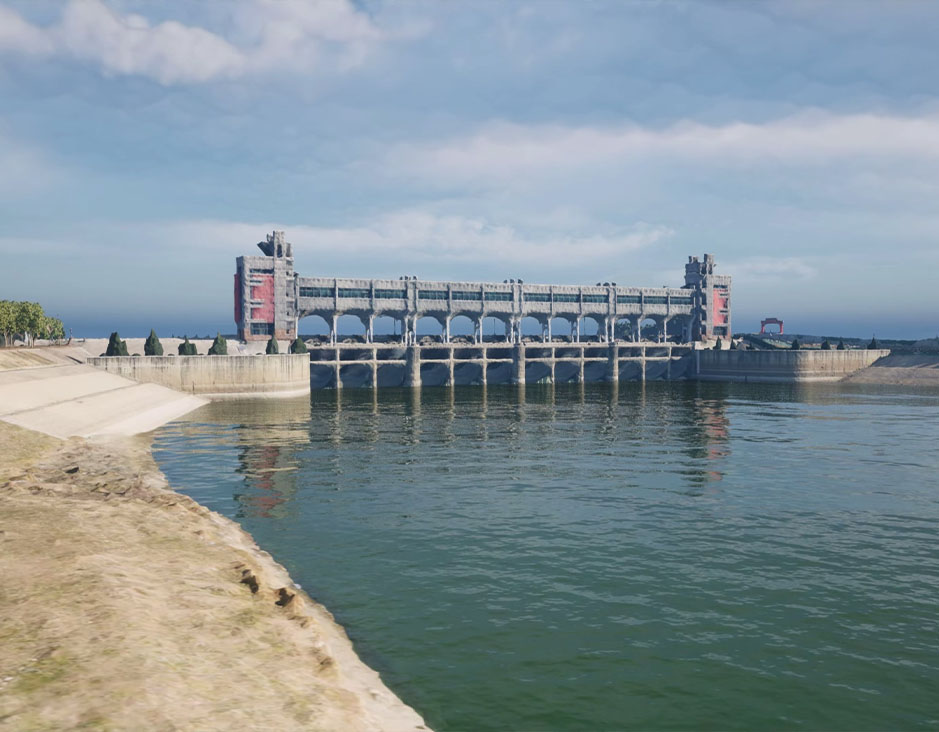 Water
Water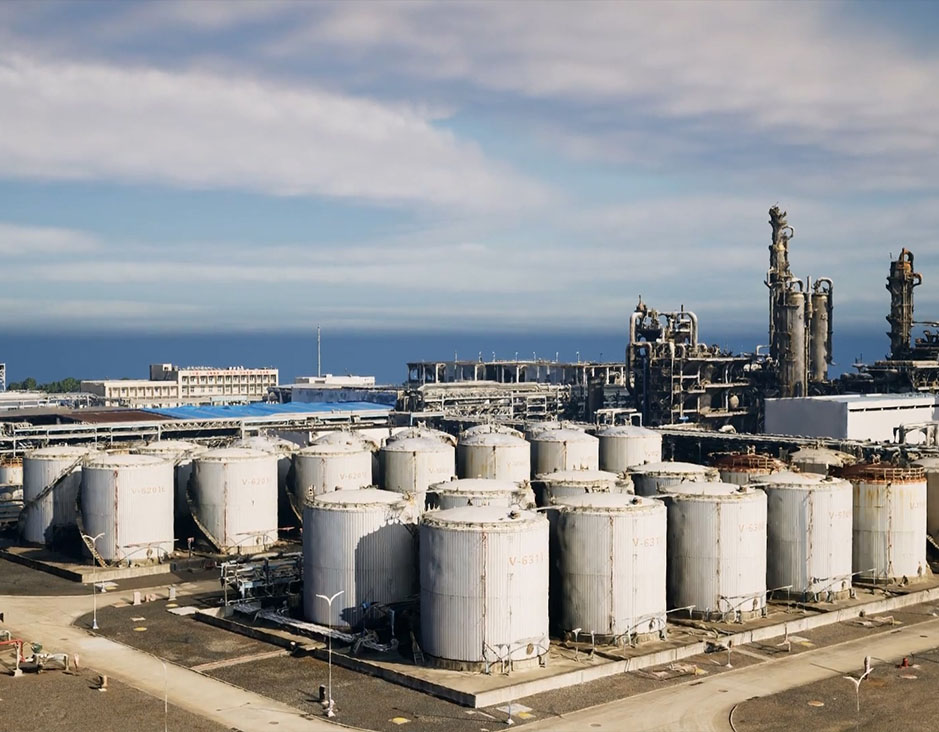 power
power 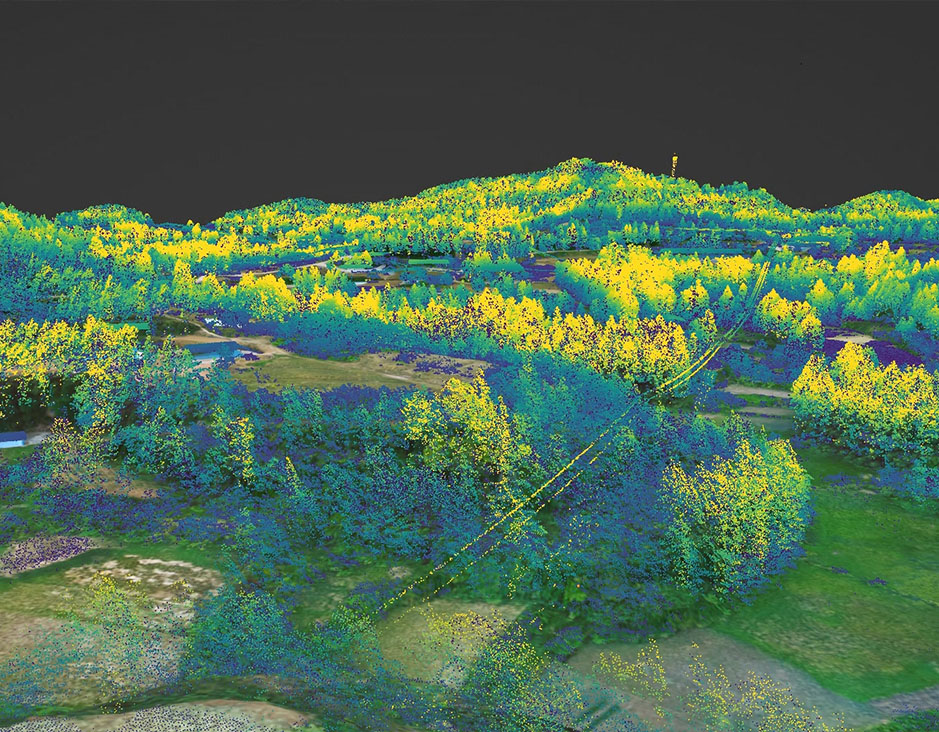 Forestry
Forestry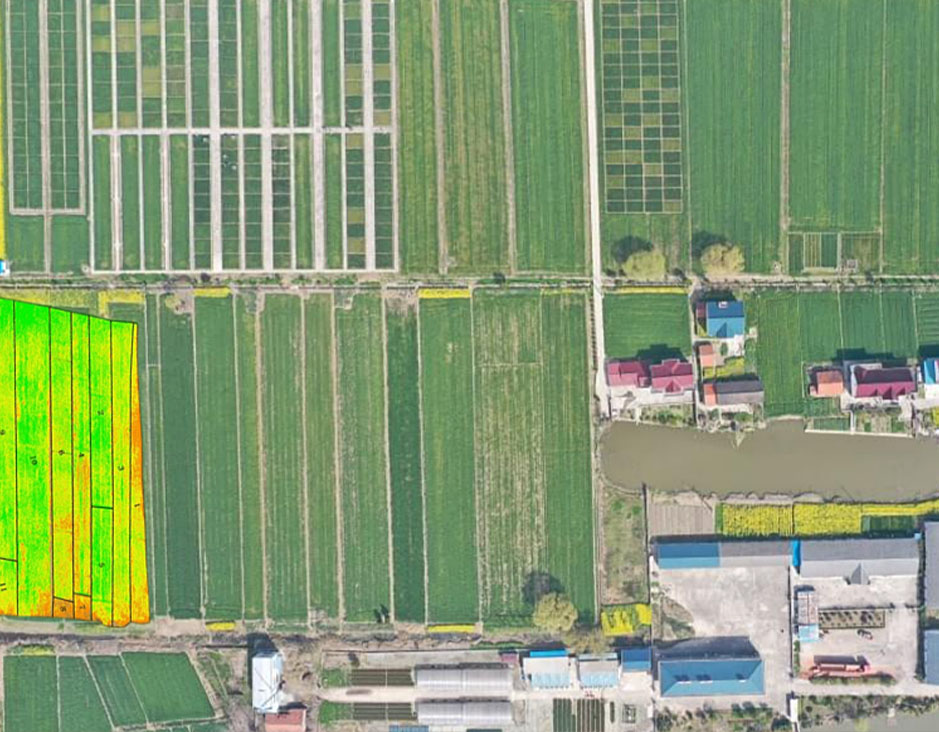 Agriculture
Agriculture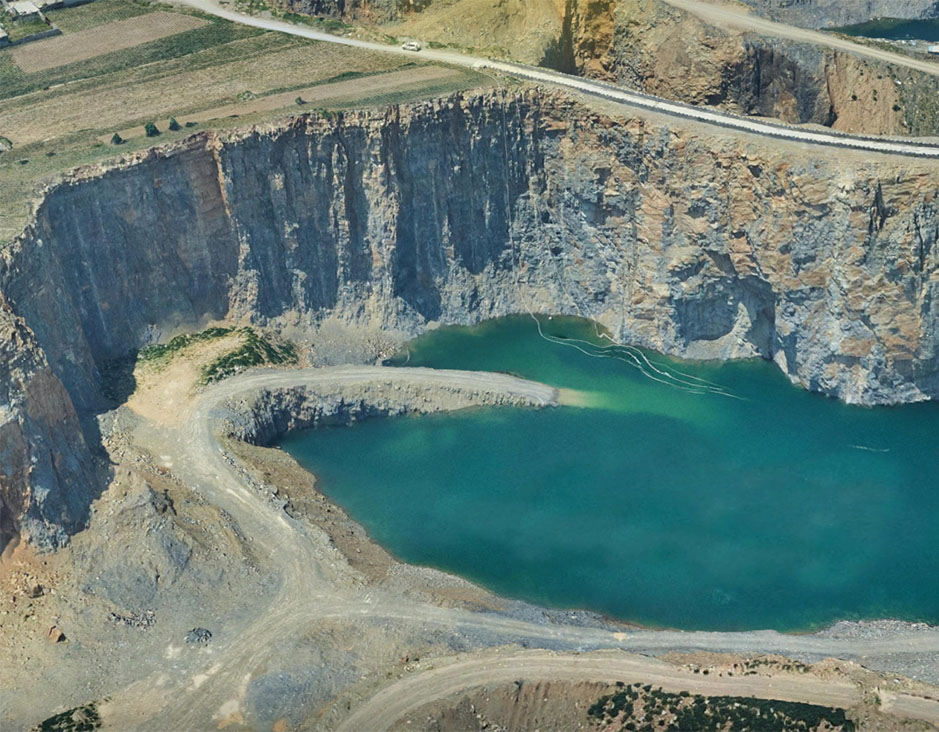 Mines & Quarries
Mines & Quarries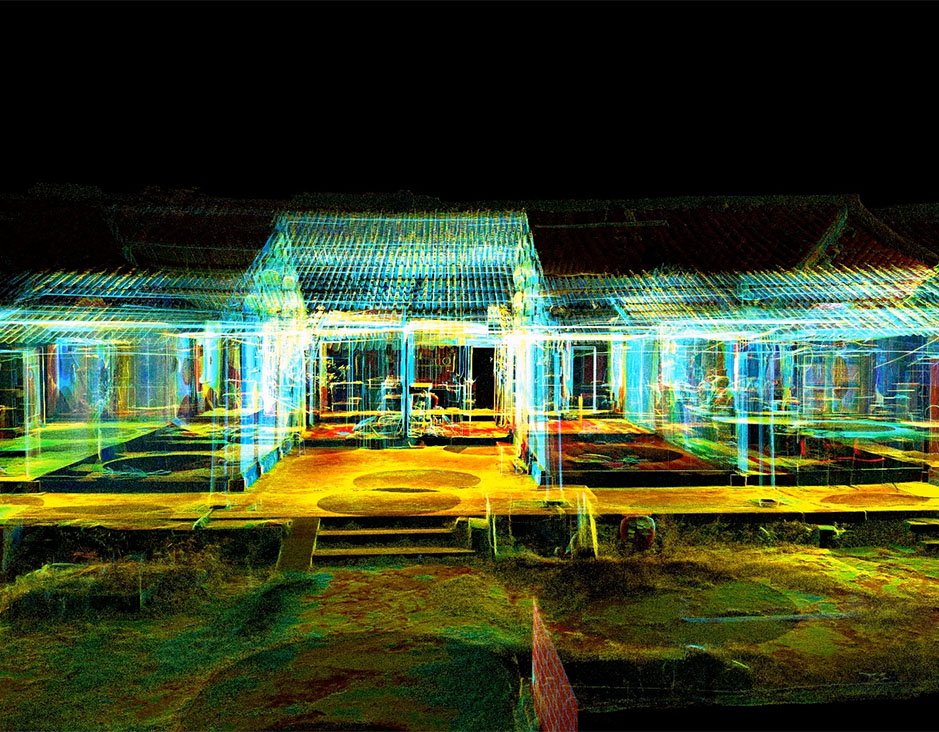 Heritage Buildings
Heritage Buildings About
About Recognition
Recognition Case
Case






